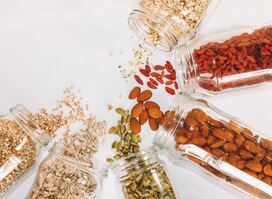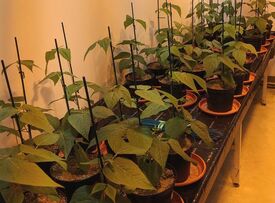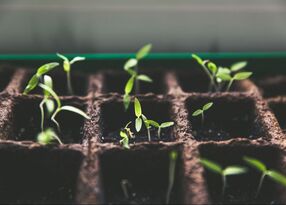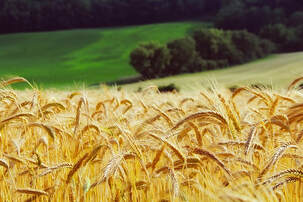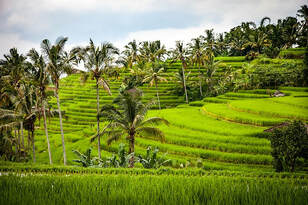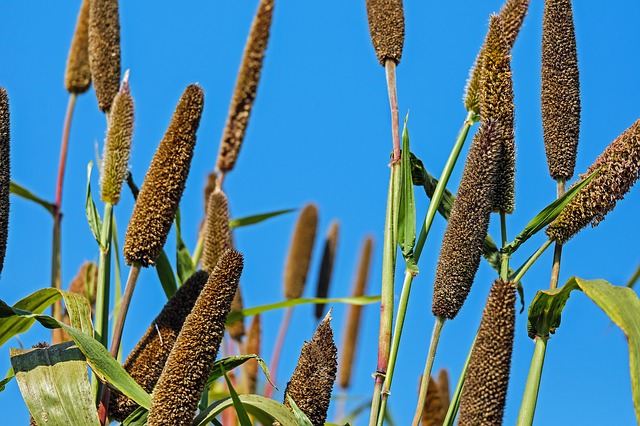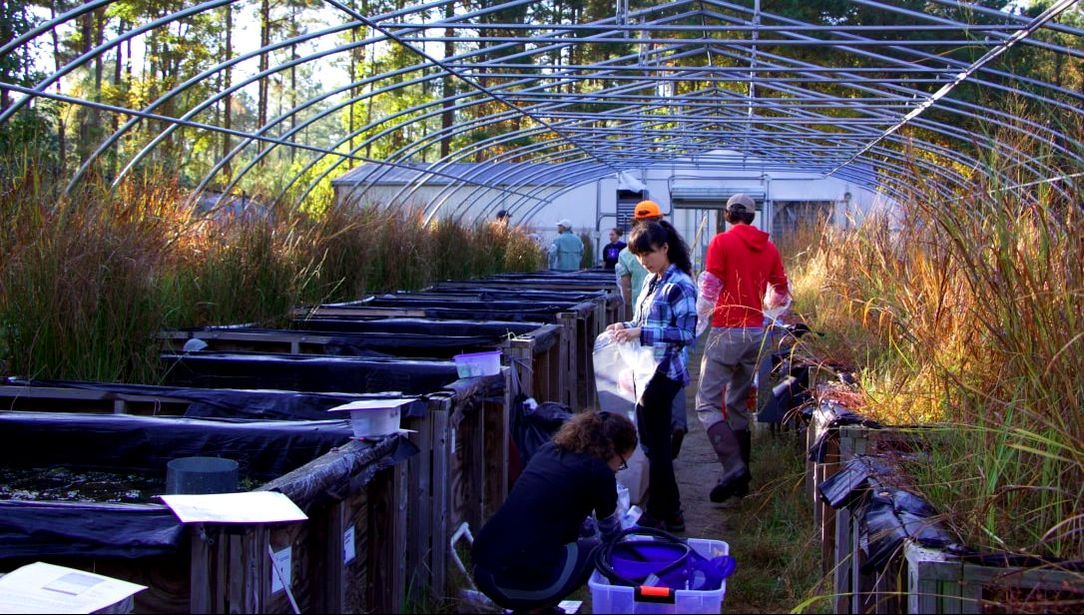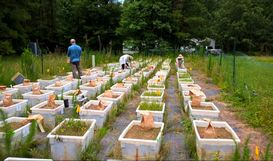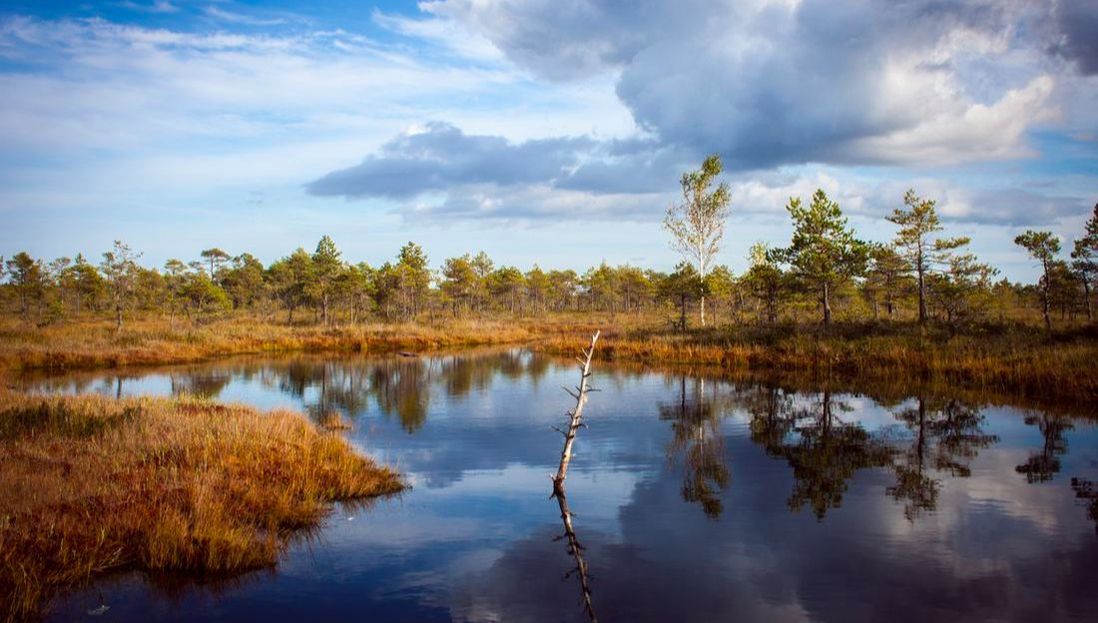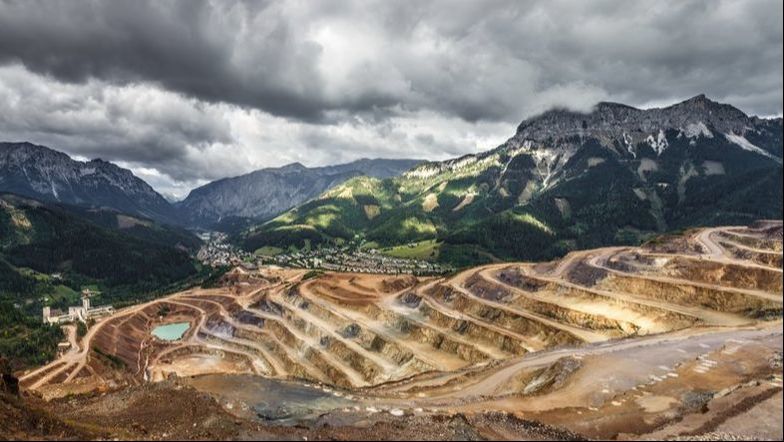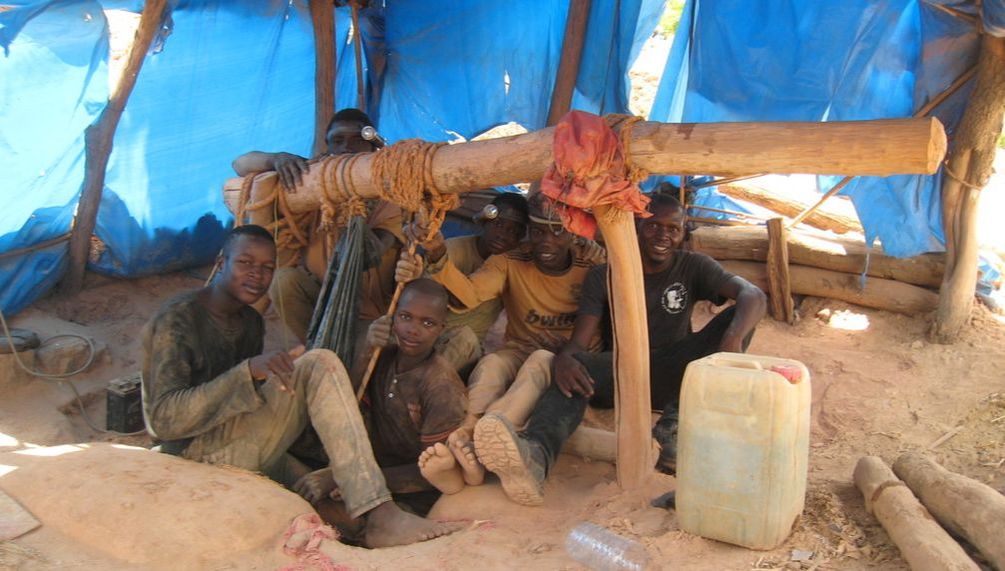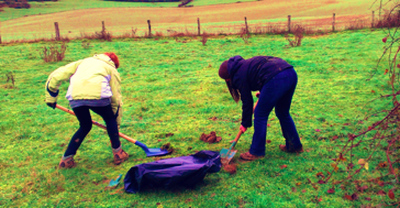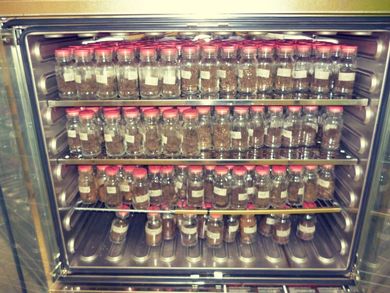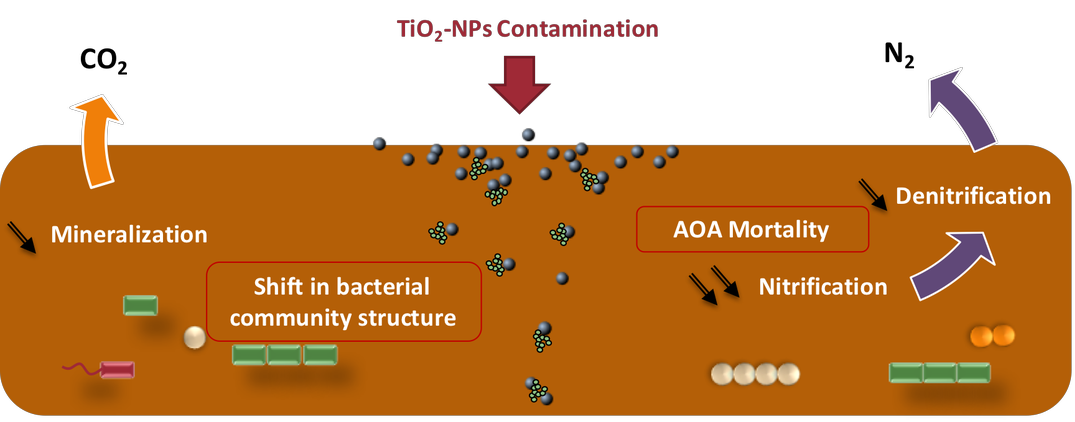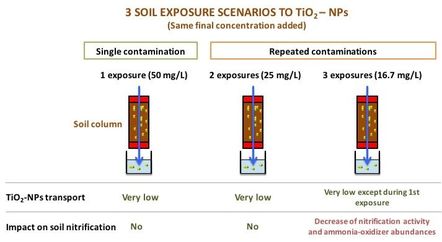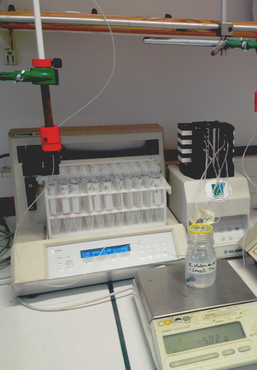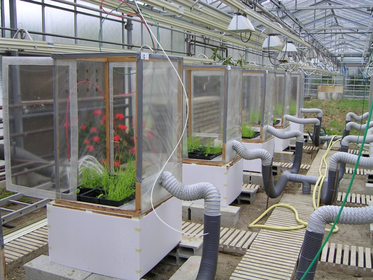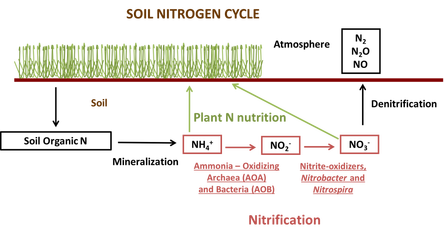My work falls in the fields of Microbiome and Stress Ecology and the overarching questions that motivate my research are:
- What are the processes driving microbiome diversity and functions, especially during disturbances?
- How do microbiomes influence host phenotypes, particularly their responses to abiotic and biotic stressors?
- Can we classify microbial taxa into ecological categories, similar to those developed for plants or animals, to better predict microbiome dynamics?
- What are the processes driving microbiome diversity and functions, especially during disturbances?
- How do microbiomes influence host phenotypes, particularly their responses to abiotic and biotic stressors?
- Can we classify microbial taxa into ecological categories, similar to those developed for plants or animals, to better predict microbiome dynamics?
